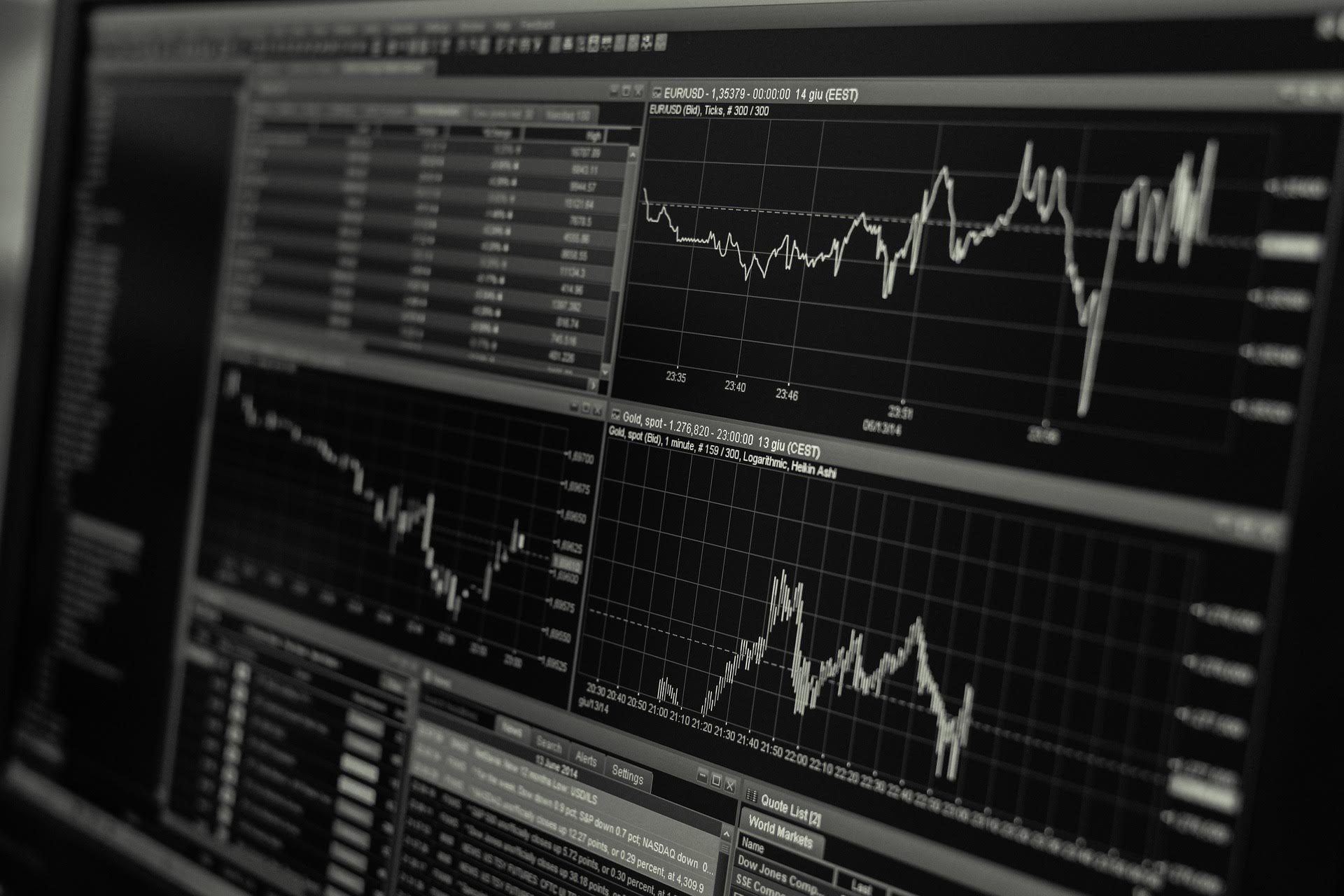Platinum is among the most expensive metals in the world. Like gold and silver, platinum is rare and falls into the category of precious metals. The Mayans once used platinum in jewellery. The shiny, silvery-white metal as resistant to corrosion as gold. Today Platinum is used extensively for jewellery. Its main use, however, is in catalytic converters for cars, trucks and buses. Critical metals are also necessary in renewable energy production. It is essential that we guard and protect what we have.
Platinum is a dense, malleable and ductile metal that forms the basis for the platinum family. The family is also known as the platinum group of metals and contains 6 metals that share similar physical and chemical features. These metals are palladium, osmium, iridium, rhodium, ruthenium, and platinum itself.
Well, platinum is even rare to find than gold. Annually, miners extract 1,700 tons of gold and only 130 tons of platinum. But despite the huge difference in quantity, the cost of extracting platinum is as twice that of gold.
Engaging in trade platinum requires careful consideration. Its high demand in industries and it’s relatively low supply makes it highly volatile. As such, platinum trading involves a vast degree of risk. The possibility of making huge profits is in tandem with the risks of getting huge losses.
The Platinum Market
Over 50 percent of platinum goes to the jewelry industry. That’s due to its high resistant features and inability to tarnish when exposed to harsh environmental conditions. It’s also used as an irreplaceable component in most catalytic converters of fuel engines. Other industries like medicine also use this metal albeit in low quantities.
Most of the platinum in the market is mined, with 80 percent coming from Africa. The other 20 percent comes from Russia and North America.
The platinum trading is global, as it’s traded in New York Mercantile Exchange, Chicago Board of Trade and Tokyo Commodity Exchange.
What Affects Its Price?
The special properties of platinum increase its demand across multiple industries. With high demand and low supply, the prices are likely to be high.
However, the demand for this metal on these industries can also decline. With this, the metal will be left exposed to drops in its prices. With this, the prices are likely to fluctuate from time to time.
Platinum CFD Trading
Platinum trading isn’t on the real physical metal, but for its CFD. That means, an investor doesn’t buy or sell the equipment but is able to benefit from its price fluctuations.
A contract for difference (CFD) is an agreement between a broker and a trader in order to maximize earnings from the price difference between start and close of trade.
CFDs saves investors the agony of paying for storage. In addition, it allows them to trade in either way. It doesn’t matter whether you’ve got a negative or positive view on price predictions, you can maximize on either downward or upward price movements.
Further, CFDs are commission free allowing brokers to earn a small profit from the spread.
Trading CFDs as compared to direct trading offers:
Flexibility
Platinum value can change within seconds or minutes. For instance, if you own a block of platinum when its value is $20,000 and suddenly a shift causes the value to drop to $15,000, you’ll have lost $5,000.
Since it’s a declining asset, other people aren’t interested in buying. But if you’re trading CFD, you can close your position at any time.

